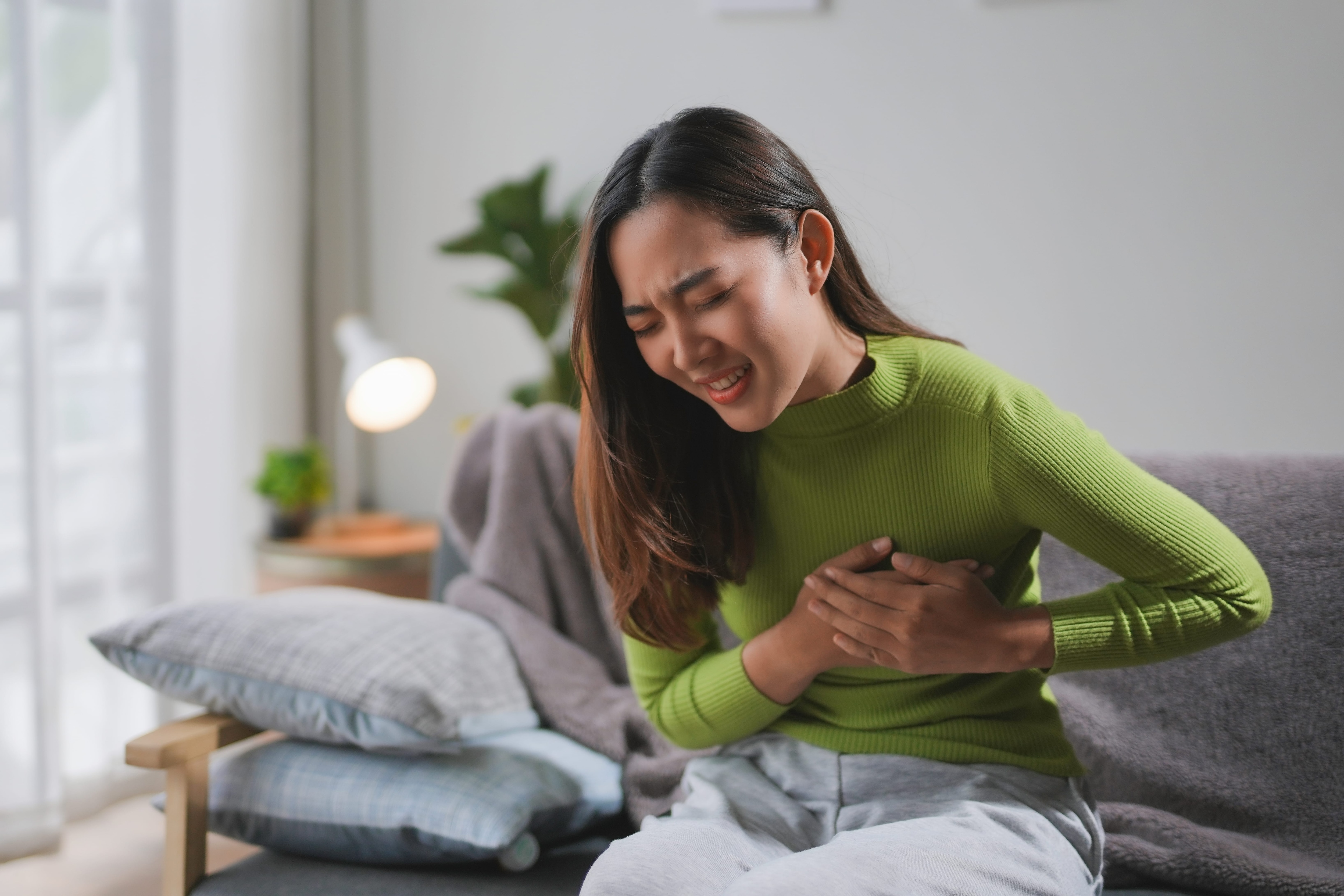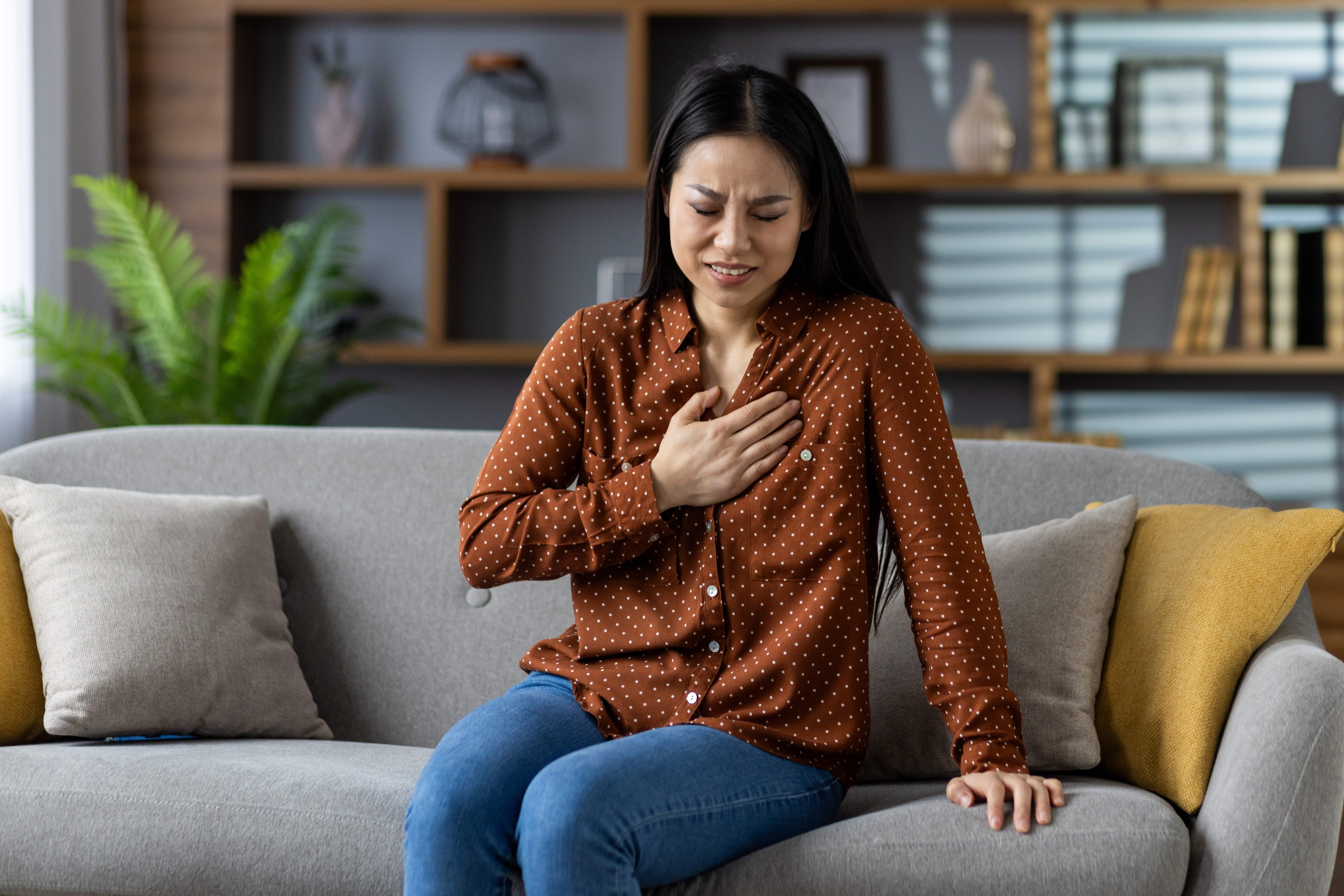
Chronic obstructive pulmonary disease (COPD) is an ongoing lung condition caused by damage to the lungs. The damage results in swelling and irritation, also called inflammation, inside the airways that limit airflow into and out of the lungs. This limited airflow is known as obstruction.
The most common cause of COPD is long-term cigarette smoking.
Symptoms
- Trouble catching your breath, especially during physical activities
- Wheezing or whistling sounds when breathing
- Ongoing cough that may bring up a lot of mucus. The mucus may be clear, white, yellow or greenish
- Chest tightness or heaviness
- Lack of energy or feeling very tired
- Frequent lung infections
- Unintended weight loss
- Swelling in ankles, feet or legs
People with COPD also are likely to have times when their symptoms become worse than the usual day-to-day variation, called an exacerbation. Exacerbations can last for several days to weeks. They can be caused by triggers such as smells, cold air, air pollution, colds or infections.

Exacerbation symptoms may include:
- Working harder than usual to breathe or having trouble breathing
- Chest tightness
- Coughing more often
- More mucus or changes in mucus color or thickness
- Fever
Types of COPD
Emphysema and chronic bronchitis are the two most common types of COPD. These two conditions usually occur together and can vary in severity among people with COPD.
Chronic bronchitis is inflammation of the lining of the tubes (bronchi) that bring air into the lungs. The inflammation prevents good airflow into and out of the lungs and makes extra mucus. In emphysema, the small air sacs (alveoli) of the lungs are damaged thereby limiting their ability to pass enough oxygen into the bloodstream.
Treatment
Stopping smoking can prevent COPD from worsening and reducing your ability to breathe. Many people with COPD have mild forms of the disease and need little treatment other than quitting smoking. With advanced stages of the disease, effective treatment is available that can control symptoms, slow progression, reduce your risk of complications and exacerbations, and improve your ability to lead an active life.
Treatment for COPD can include medications, such as:
- inhalers
- oxygen
- pulmonary rehabilitation
- in-home noninvasive ventilation therapy
- managing flare-ups, also called exacerbations
- endobronchial valves
- surgery
Tips for living with COPD
- Avoid cigarette smoke and air pollution.
- Clear your airways of mucus. Controlled coughing, drinking adequate amounts of water and using a humidifier may help.
- Eat healthy foods. A healthy diet can help you maintain your strength.
- Exercise regularly. Doing so can improve your overall strength and endurance and strengthen your respiratory muscles. Talk to your doctor about pulmonary rehabilitation exercise programs.
- Talk to your doctor about techniques for breathing more efficiently throughout the day. Also, be sure to discuss breathing positions, energy conservation and relaxation techniques you can use when you’re short of breath.
- See your doctor for regular check-ups.
Consult your doctor for more information about COPD. Shop at Watsons for COPD medications and other essential healthcare needs.
References:
- https://www.mayoclinic.org/diseases-conditions/copd/symptoms-causes/syc-20353679. Accessed 4 November 2024
- https://www.mayoclinichealthsystem.org/hometown-health/speaking-of-health/6-tips-for-living-with-copd. Accessed 4 November 2024







